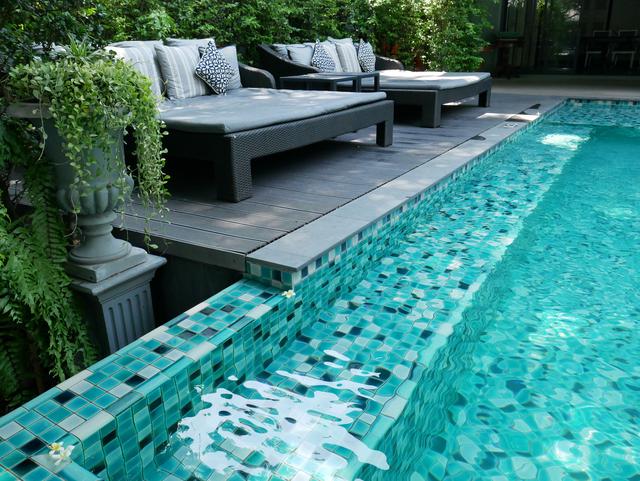Creating an attractive and functional outdoor space is a significant investment for many homeowners. Whether it’s for entertaining guests, improving curb appeal, or simply enjoying some fresh air, installing a full yard is an excellent way to maximize your property’s potential. However, before you start digging or hiring a professional landscaper, there are several essential factors to consider to ensure you get the most out of your investment. In this article, we will discuss three critical things you should keep in mind when installing a full yard.
Design and Functionality
When designing your full yard, you need to consider both its aesthetic appeal and its functionality. What do you want to use your yard for? Do you need a space for children to play, a garden to grow your produce, or a patio for hosting guests? All these considerations will influence the design of your yard. You should also think about how the different elements will work together, including hardscapes, such as paths, patios, and retaining walls, and softscapes, such as plants and trees. The design should complement your home’s architecture and style, and it should also reflect your personal taste and lifestyle.
Cost: The cost of designing a full yard varies depending on several factors, such as the size of the yard, the complexity of the design, and the materials used. On average, homeowners spend between $3,000 and $15,000 on design services.
Maintenance and Upkeep
Before installing a full yard, it’s essential to consider the amount of maintenance it will require. Different plants and features have varying maintenance requirements, and you need to factor in the time and resources you can commit to keep your yard looking its best. Some plants, for instance, require regular watering, fertilizing, and pruning, while hardscapes may require periodic cleaning or repair. You should also think about the long-term maintenance costs of your yard, such as irrigation, pest control, and lawn care. Choosing low-maintenance features, such as native plants or hardscapes, can help reduce the upkeep costs of your yard.
Cost: The cost of maintenance and upkeep will depend on the size and complexity of your yard, the materials used, and the frequency of maintenance required. On average, homeowners spend between $100 and $500 per month on yard maintenance.
Budget and Financing
Installing a full yard is a significant investment that can cost thousands of dollars. Before starting your project, you need to determine your budget and explore your financing options. It’s crucial to set a realistic budget that takes into account all the costs associated with the project, including design, materials, labor, and maintenance. You should also explore financing options, such as personal loans or home equity loans, to help cover the upfront costs of the project. It’s also essential to get multiple quotes from reputable contractors to ensure you get the best value for your money.
Cost: The cost of installing a full yard varies depending on several factors, such as the size and complexity of the project, the materials used, and the labor costs. On average, homeowners spend between $10,000 and $30,000 on a full yard installation project.
Installing a full yard can transform your outdoor space into a beautiful and functional extension of your home. However, to get the most out of your investment, you need to consider several critical factors, such as design and functionality, maintenance and upkeep, and budget and financing. By keeping these factors in mind, you can create a yard that meets your needs, fits your budget, and enhances your property’s value.






comments